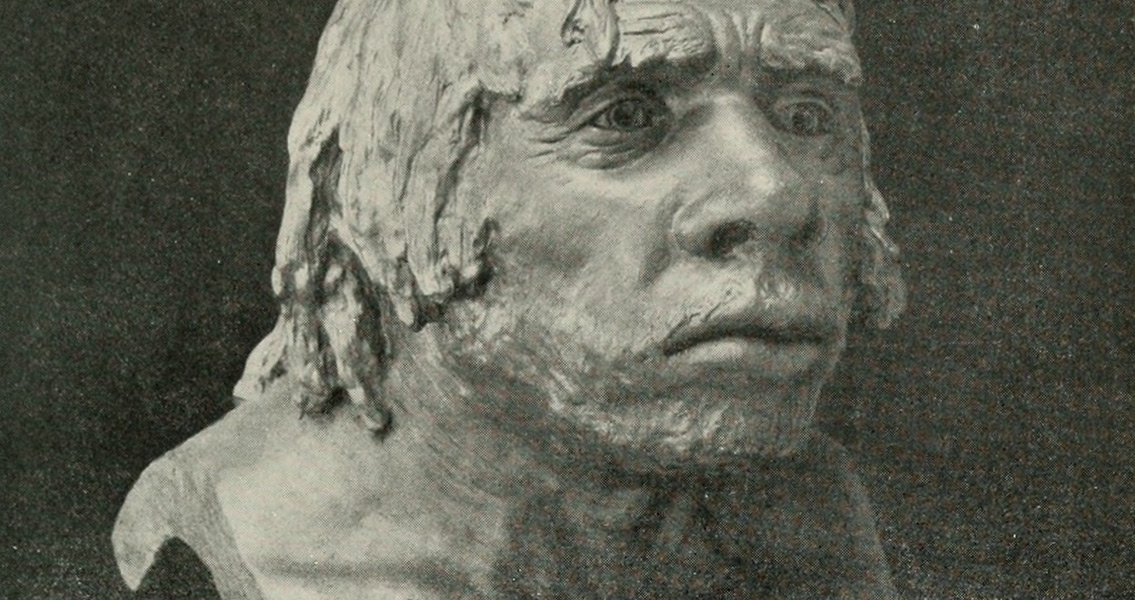<![CDATA[A team of international scientists has discovered evidence for the earliest known instances of interbreeding between modern humans and our extinct Neanderthal cousins. Co-led by Professor Adam Siepel from Cold Spring Harbor Laboratory (CSHL) on Long Island, NY, the team found evidence of interbreeding dating back to approximately 100,000 years in the past – several millennia before any other existing documented interbreeding event. Siepel remarked in a press release from CSHL that the idea of Neanderthals interbreeding with modern humans is nothing new – genetic sequencing of Neanderthal DNA in 2010 provided evidence of that – but the current window for that interaction was between 47,000 and 65,000 years in the past, roughly congruent with the human diaspora from Africa. The evidence he and his team gathered in their new study predates that event by a considerable margin. The implications such a discovery has on the current narrative of human migration are many, and may even serve to re-write it. Modern humans today, particularly those with Asian, Eurasian and European ancestry, have genome segments that have been decisively linked to Neanderthal DNA. The fragments of the Neanderthal genome that have been passed on originated from the interbreeding between modern humans leaving Africa around 60,000 years ago. The implications here are that offspring of these unions were raised by their human relatives, growing up and passing along the Neanderthal DNA to contemporary humans. However, this gene flow is limited to the Eurasian region, as contemporary Africans lack any trace of Neanderthal DNA – largely due to Neanderthals living outside the African continent, explained Ilan Gronau, study co-author, formerly of CSHL and currently with Israel’s Herzliya Interdisciplinary Center. Interestingly, the direction of this gene flow is reversed or even absent in the evidence gathered by the researchers. One set of Neanderthal remains discovered in Siberia in the Altai Mountains had modern human DNA fragments, indicating a modern human migrated hundreds of centuries before the majority of humanity left Africa. This would have been shortly after Neanderthals diverged from another archaic human species, the Denisovan, based on genetic sequencing of Neanderthal and Denisovan remains discovered in Europe. According to the team’s findings, the traces of modern human DNA in the Altai Neanderthal seem to be from a group that ventured out of Africa around 200,000 years in the past – leaving a mysterious 100,000 years of lost history of this as-yet unknown early diaspora. The researchers used genomes sampled by more than 500 modern contemporary Africans from five distinct African populations in order to make these determinations. The new research study, which was just published in the journal Nature, can be found here Image courtesy of Wikimedia Commons user: Internet Archive Book Images]]>
Earliest Neanderthal-Human Interbreeding Evidence Found
